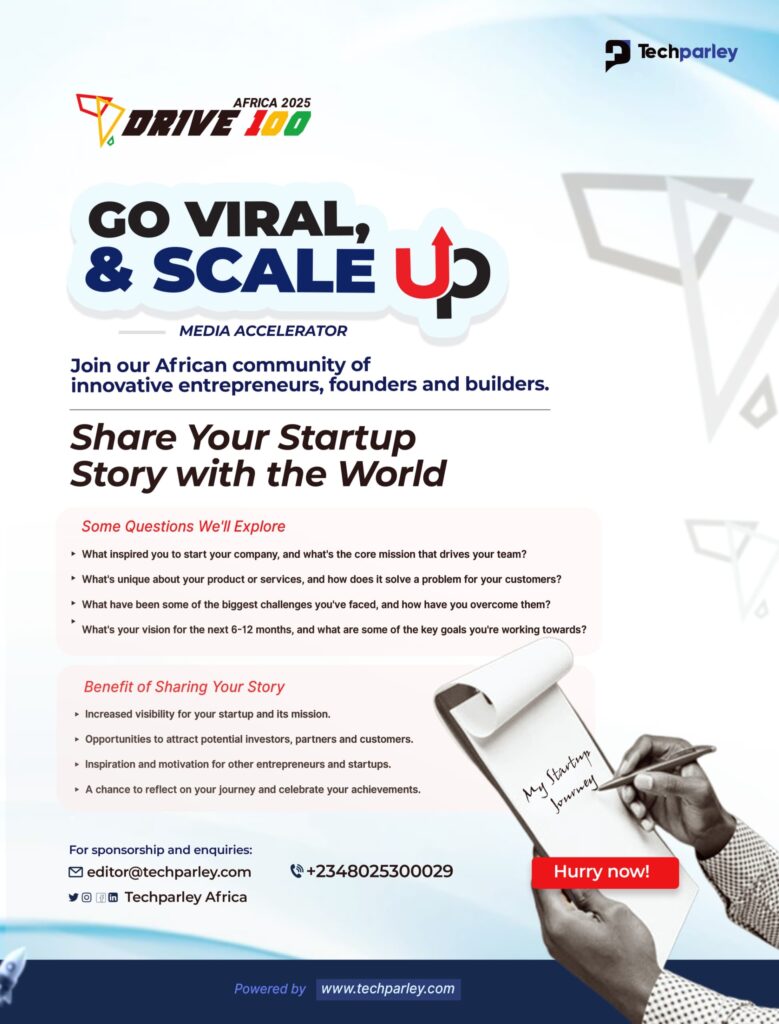For years, Africa’s startup narrative has been dominated by four markets: Nigeria, Kenya, South Africa and Egypt. Known as the “Big Four”, these ecosystems have produced continent-wide successes such as Flutterwave and M-Pesa, shaping investors’ expectations of venture opportunity in Africa.
But this focus has concentrated both growth and risk. Nigeria’s currency devaluation in 2023, for example, wiped billions off startup valuations almost overnight. Across the continent, macroeconomic shocks, regulatory uncertainty and volatile foreign exchange have highlighted the dangers of over-reliance on a few markets.
Fortunately, technological adoption, supportive policy reforms, and growing investor interest are spreading beyond the Big Four. These shifts raise a critical question for investors: which markets are next?
A new research conducted by Aminata Jalloh, Kamaldeen Kehinde and Achref Mattar for Dream VC identifies Ghana, Senegal and Rwanda as prime candidates.
What You Should Know
Between 2015 and 2020, roughly 77 per cent of African startup funding was concentrated in the Big Four. By 2022, $4.8 billion of the continent’s $6.5 billion in venture capital went to these countries, leaving only $1.7 billion for the remaining 50 nations.
According to the research, this dominance is no accident. Investors naturally gravitate toward familiar ecosystems, where successful exits, established accelerators, local VC offices and corporate programmes create a reliable funding pipeline. Government initiatives and development finance institutions (DFIs) also channel resources toward these hubs.
Yet signs of change are emerging. In 2022, almost a quarter of VC transactions occurred outside the Big Four, up from less than 10 per cent in 2018. Policy reforms, startup-friendly legislation, and improved infrastructure, including wider 4G/5G coverage, new data centres, and better transport corridors are creating fertile ground for emerging ecosystems.
Methodology: How Emerging Markets Are Assessed
The research defines “overlooked markets” as ecosystems outside the Big Four that have historically received limited venture capital but now show credible momentum across six criteria:
- Capital momentum (25%) – equity funding depth and consistency, including repeat rounds and participation by DFIs or cross-border investors.
- Policy and regulation (20%) – startup acts, sandboxes, business registration ease, and tax incentives.
- Digital and physical infrastructure (20%) – internet adoption, 4G/5G coverage, data centres, tech parks, power reliability, and transport logistics.
- Talent and ecosystem depth (15%) – accelerators, university linkages, diaspora engagement, and inclusive entrepreneurship.
- Regional leverage and trade access (10%) – trade bloc membership, regulatory harmonisation, payments interoperability, and language bridges.
- Macro and foreign-exchange stability (10%) – inflation, interest rates, FX liquidity, and IMF-backed programmes.
Each market is scored 0–5 per criterion, weighted, and combined into a Market Attractiveness Score (MAS) out of 100, reflecting both the immediate investability and potential for scale.
Ghana: Diaspora-Driven Fintech and Startup Momentum
According to the research, Ghana has emerged as one of the most promising markets beyond the Big Four. High internet penetration and MTN’s mobile-money network, serving nearly 30 million subscribers, underpin its fintech, healthtech, agritech, edtech, and foodtech sectors.
Annual venture inflows exceed $50 million, with 2024 estimates ranging from $68 million to $127 million. The Bank of Ghana’s regulatory sandbox and the pending Startup Bill indicate growing policy support. IMF-backed debt restructuring has stabilised macro conditions, while remittances of roughly $4.6 billion annually (≈6% of GDP) provide a consistent buffer.
- Edge: Established mobile-money networks improve cash-flow visibility for credit underwriting.
- Representative companies: Zeepay, Float, mPharma, Farmerline.
- MAS insight: High capital momentum and digital infrastructure, with policy lift-off likely to strengthen investor confidence further.
Senegal: Francophone Hub with Operational Startup Act
Senegal is emerging as the centre of Francophone Africa’s startup ecosystem. Its 2020 Startup Act, fully operational in 2025, provides tax relief and simplified access to government contracts. Combined with UEMOA and BCEAO payment systems, Senegal offers reliable cross-border rails for entrepreneurs.
Internet penetration reached 61 per cent in 2023, and Dakar hosts multiple subsea cable landings. Government initiatives, including the “New Deal Technologique,” continue to expand digital capacity. Notable programs, such as DER/FJ, channel capital to underserved founders.
- Edge: Strong policy execution and regional integration reduce friction for cross-border growth.
- Representative companies: Wave, PayDunya, and a growing set of agri, climate, and logistics platforms.
- MAS insight: Leading emerging hub with policy and regional leverage that rival the Big Four.
Rwanda: Policy-Led Ecosystem with Strong Institutions
Rwanda’s startup ecosystem is built on deliberate policy and institutional platforms rather than large capital inflows. Initiatives such as the BNR sandbox, National Fintech Strategy (2024–2029), Kigali Innovation City, and Kigali International Financial Centre (KIFC) have created a structured environment for fintech, healthtech, edtech, and climate-focused startups.
While 4G coverage reaches over 90 per cent of the population, internet usage remains below 50 per cent, highlighting an adoption gap. Venture inflows remain modest at around $50 million in 2024. Successful applications of policy-led infrastructure are evident, for example, Zipline’s drone network reduced blood expirations by 67 per cent, demonstrating measurable impact.
- Edge: Strong national platforms and talent institutions lower risk for frontier tech testing.
- Representative companies/institutions: Zipline, Babyl, CMU-Africa, KIC, KIFC.
- MAS insight: Policy and institutional strength provide a foundation, but scaling will depend on increased capital inflows and digital adoption.
What This Means
Experts admits Africa’s venture landscape is slowly diversifying beyond the Big Four. Ghana, Senegal, and Rwanda illustrate the potential for investable, policy-supported ecosystems that combine digital adoption, capital momentum, and regional integration.
“The pipeline outside the big four is finally starting to take shape,” Fatai Ibrahim, a Nigerian venture consultant told Techparley. “Policy reforms, better infrastructure, and regional integration are enabling startups to scale in ways that were previously unimaginable.”
“Investors who pay attention to these emerging markets now can get in before the ecosystem matures. The risk-adjusted potential is compelling.”
For investors seeking to ride the next wave of African startups, industry leaders say these markets offer compelling opportunities, not only to discover early-stage innovation but also to shape scalable, sustainable ecosystems.
Talking Points
It is significant that Dream VC’s new research shines a spotlight on Ghana, Senegal, and Rwanda; three countries often overlooked in Africa’s startup narrative dominated by Nigeria, Kenya, South Africa, and Egypt.
This shift in attention signals growing confidence in secondary markets that are now benefiting from stronger digital infrastructure, policy reforms, and regional trade integration.
At Techparley, we see how this evolution could reshape Africa’s investment geography, encouraging venture capitalists to diversify portfolios and reduce exposure to macroeconomic risks in the Big Four.
With sustained policy execution and targeted funding, Ghana, Senegal, and Rwanda could become the backbone of Africa’s next decade of tech-driven growth, offering investors both impact and scale.
—————————-
Bookmark Techparley.com for the most insightful technology news from the African continent.
Follow us on Twitter @Techparleynews, on Facebook at Techparley Africa, on LinkedIn at Techparley Africa, or on Instagram at Techparleynews.






